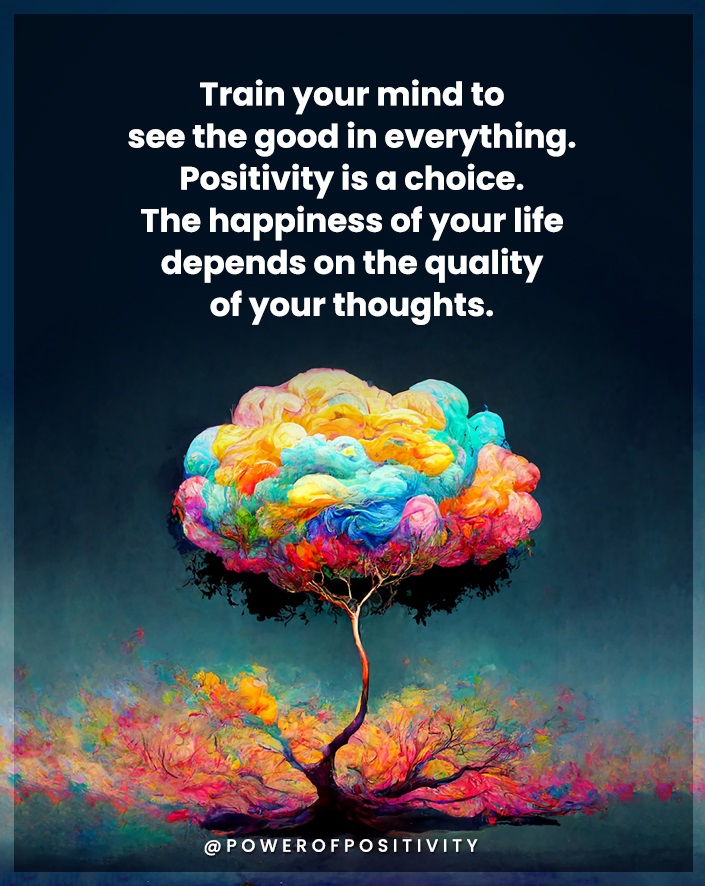Ever find yourself struggling to recall an important detail at the exact moment you need it? Learning how to memorize anything can change those moments of frustration into confidence.
Memory lapses happen to everyone, but the good news is that you can train your brain to remember almost anything. With the right techniques, even the trickiest information can stick.
Today, we’re diving into the most effective, research-backed tricks to help you remember anything—because life’s too precious to waste on forgetfulness.
Understanding How Memory Works
Overview of Sensory, Short-Term, and Long-Term Memory
Memory is the system that enables us to encode, store, and retrieve information. It can be broken down into three main stages: sensory memory, short-term memory (STM), and long-term memory (LTM). Each stage varies in duration and function.
- Sensory Memory: This is the initial stage where sensory information from the environment is briefly stored. It includes inputs like sights, sounds, and textures, lasting only a few seconds. The purpose of sensory memory is to process stimuli quickly, allowing the brain to decide if they are worth transferring for deeper processing.
- Short-Term Memory (STM): Also known as working memory, this stage holds information temporarily—about 20 seconds on average. George Miller’s research suggested its capacity is typically “7 ± 2” items. STM acts as a workspace where information can be manipulated or rehearsed. Repeating data (rehearsal) can help transition it to LTM, a process known as memory consolidation.
- Long-Term Memory (LTM): This stage stores information indefinitely and has virtually unlimited capacity. It can retrieve data from short-term memory and link it to existing knowledge, enhancing recall and application.
How Information is Encoded and Retrieved
Encoding is the initial process where information is transformed into a format that can be stored in memory. Techniques like visualization, association, and repetition help reinforce encoding. Once encoded, information enters storage (either briefly or long-term).
The term “retrieval” refers to accessing previously stored information through cues that activate previously stored data. The effectiveness of retrieval depends on how well information was encoded and consolidated.
Top Proven Memory Tricks to Memorize Anything
Chunking: A Memory Boosting Strategy
Chunking is a simple yet effective memory technique where information is grouped into larger, meaningful units, making it easier to recall. This strategy works because our short-term memory can only hold about 4 to 7 items at a time.
By combining small bits of information into coherent groups—like remembering phone numbers in sets of three or four digits—we enhance our recall capabilities.
Regular practice, such as organizing shopping lists by categories, strengthens this skill, helping move data from short-term to long-term memory.
Acrostics: A Creative Memory Tool
Acrostics are mnemonic devices where each letter of a phrase or sentence stands for an item or concept you need to remember. This technique makes learning sequences or complex lists easier by turning them into catchy and memorable phrases.
For example, the classic “My Very Educated Mother Just Served Us Noodles” helps recall the planets in order: Mercury, Venus, Earth, Mars, Jupiter, Saturn, Uranus, and Neptune. Acrostics engage the brain’s natural preference for patterns and stories, enhancing both encoding and recall.
By creating relatable or humorous phrases, the retention of even complex data becomes manageable. Using visual imagery alongside these acrostics can further reinforce memory retention.
Singing Information: Boosting Memory Through Melody
Singing transforms information into catchy, memorable patterns that engage multiple brain areas simultaneously.
This method leverages melody and rhythm to enhance learning and retention, making it especially effective for remembering lists or complex data.
- Engages visual, auditory, and kinesthetic learning styles
- Triggers emotional connections that boost recall
- Enhances memory by associating lyrics with rhythms and melodies
- Promotes active recall through repetitive musical exposure
Method of Loci: The Memory Palace Technique
The Method of Loci, also known as the memory palace technique, is an ancient mnemonic strategy that uses spatial visualization to enhance memory. To use it, visualize a familiar location—like your home—and mentally place items you wish to remember at various points along a set route.
For example, imagine placing a book on your bed or an apple on a kitchen counter. When recalling the information, mentally retrace your steps through this “palace,” picking up each item as you go. This method effectively anchors memory to spatial locations, making retrieval more intuitive.
Historically, the technique dates back to ancient Greece, attributed to the poet Simonides of Ceos. It is still used today, especially in memory competitions, due to its proven efficacy in improving recall by creating vivid, structured mental associations.
Mind Mapping: Boosting Memory with Visual Organization
Mind mapping is a technique that enhances memory by visually representing information around a central idea. This method engages both creative and logical parts of the brain, utilizing images, colors, and structured branches to create connections and organize complex ideas.
By mapping concepts visually, learners can condense large volumes of information into a single, easy-to-scan diagram, improving recall and comprehension.
Research has shown that mind mapping can increase memory retention by 10-15% compared to conventional note-taking methods.
It supports deeper learning by making the learning process interactive and engaging, fostering creativity and enabling learners to form meaningful associations.
Repetition Techniques: Reinforcing Memory

Repetition is a foundational method for solidifying memories, allowing information to move from short-term to long-term storage through repeated exposure. However, not all repetition is equally effective.
Spaced repetition, a proven enhancement of this technique, involves reviewing material at strategic intervals rather than cramming all at once. This approach leverages the brain’s natural forgetting curve, ensuring that information is recalled just as it’s on the verge of being forgotten, which strengthens memory over time.
Key principles of effective repetition include active recall and varied practice. Instead of passive re-reading, activities like testing yourself, teaching others, or explaining the material out loud engage deeper cognitive processes.
Taking Breaks: A Key to Boosting Memory Retention
Short, intentional breaks during study sessions play a critical role in enhancing memory and focus.
These periods of rest allow the brain to process and consolidate new information, strengthening neural connections and improving long-term retention.
- Supports the brain’s hippocampus and neocortex in solidifying information
- Reduces cognitive fatigue and improves focus when learning resumes
- Enhances creative problem-solving and overall productivity
- Contributes to stress reduction, which positively impacts cognitive functions
Alliteration: A Catchy Memory Tool
Alliteration, the repetition of consonant sounds at the start of words in a phrase, is more than a poetic device—it’s a practical memory aid. Research shows that alliterative phrases enhance memory retention by making information more engaging and easier to recall.
This effect is due to how our brains process repetitive sounds, which serve as retrieval cues that strengthen memory associations.
In studies, participants remembered more content when exposed to consistent alliterative sounds compared to non-alliterative versions.
This technique leverages auditory processing and phonetic patterns to create stronger, lasting connections.
Name-Personality Association: Strengthening Memory Connections
Associating names with personality traits or distinct visual cues is a practical and effective memory technique. This method leverages the principle of associative memory, where linking new information (like a name) to familiar concepts or traits helps anchor it in your mind.
For instance, if you meet someone named Daniel and notice he has a confident demeanor, mentally label him “Daring Daniel.” This combination of traits and names creates a vivid connection, making the name easier to recall during future interactions.
Studies show that memory improves when individuals encode both verbal and visual elements together, as these associations increase semantic depth and enhance retrieval pathways.
Associative learning like this can be particularly beneficial in social settings and when trying to remember names during meetings or introductions.
Rhythms and Rhymes: Enhancing Memory with Patterns
Using rhythms and rhymes is a classic memory technique that leverages the brain’s natural affinity for patterns. These methods make information more memorable by imposing order and predictability, which helps with recall.
Rhymes create auditory cues that limit possible retrieval options, making it easier to remember what comes next. For example, knowing that the next word in a sequence rhymes with “time” can guide memory retrieval more effectively than non-rhyming sequences.
Gestures and Movements: Enhancing Memory Through Action
Incorporating gestures and purposeful movements while learning can significantly boost memory retention.
This is due to the concept of embodied cognition, which highlights the brain-body connection.
- Engages different learning styles and enhances comprehension
- Lightens cognitive load by distributing memory tasks across body and mind
- Helps in creative problem-solving and recall during complex tasks
- Strengthens the connection between concepts and actions, supporting long-term memory
The post How to Memorize Anything: Mind Tricks for Better Recall appeared first on Power of Positivity: Positive Thinking & Attitude.







